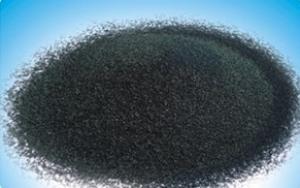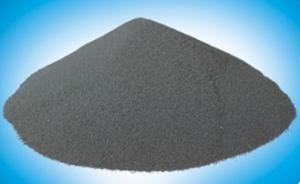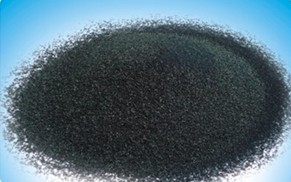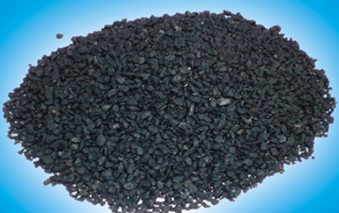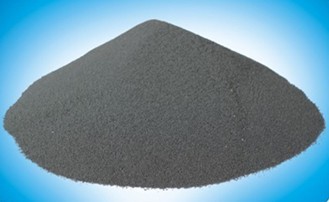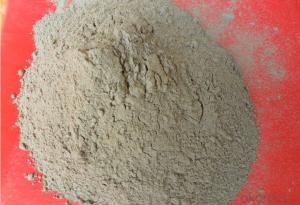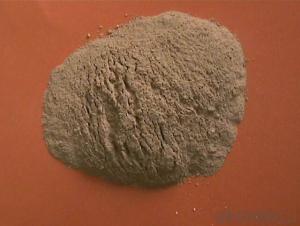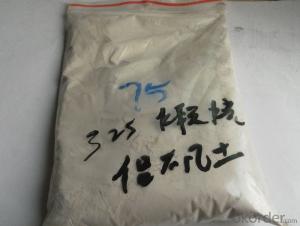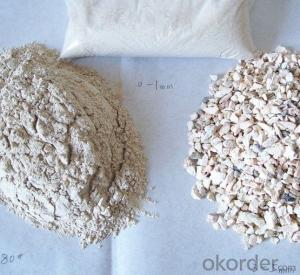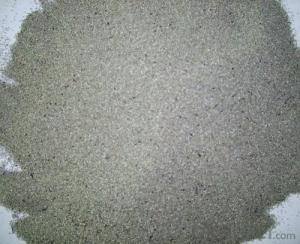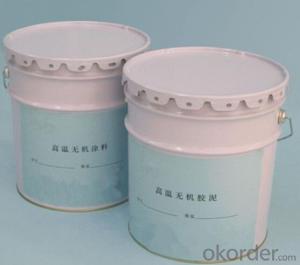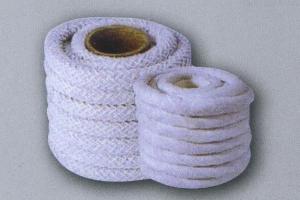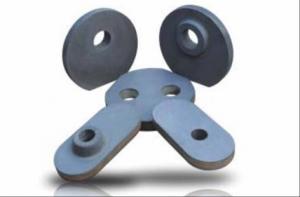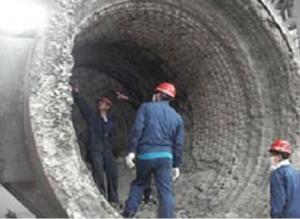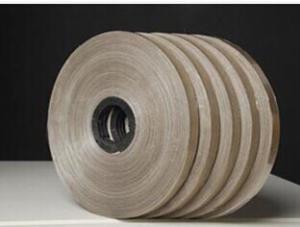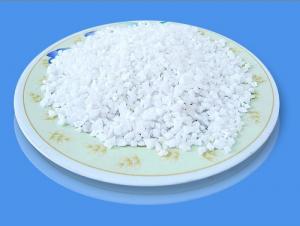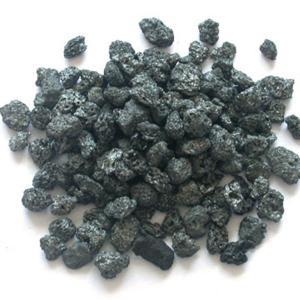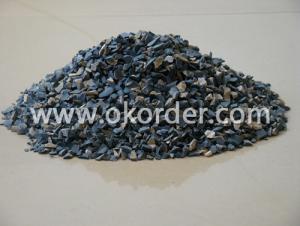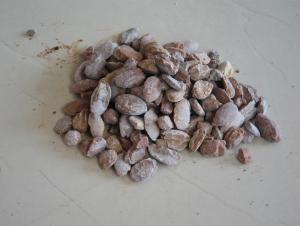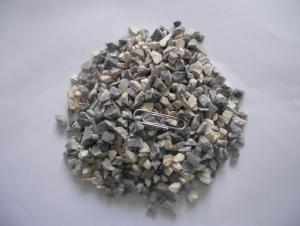Refractory Raw Materials Tapping Hole Packing
- Loading Port:
- China Main Port
- Payment Terms:
- TT OR LC
- Min Order Qty:
- -
- Supply Capability:
- -
OKorder Service Pledge
OKorder Financial Service
You Might Also Like
Tapping hole packing
Product description
Tapping hole packing is electric furnace bottom of the steel wide a must material, my company research and development of electric furnace tapping hole has not rise, molten steel packing penetrates, high refractoriness, simple operation, use safety etc. Characteristics. By many domestic big and medium-sized steel enterprise use, since open rate reached 99.8% full, deeply customer high praise.
Main physical and chemical index:
Chemical index
ingredients | SiO2 Al2Q2 CaO Fe2 O2 MgO H2 O |
Index (%) | 25~35 ≤5.0 ≤5.6 2.0~8.5 53~60 ≤0.5 |
Physical properties
ingredients | Grain of degrees Let heavy Resistance to fire degrees |
Index (%) | 1~5mm ≥1.3g/cm2 ≥1700℃ |
Applicable condition
Used in electric furnace steelmaking operation.
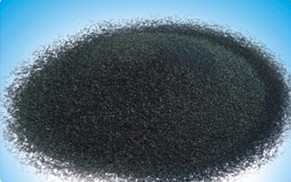
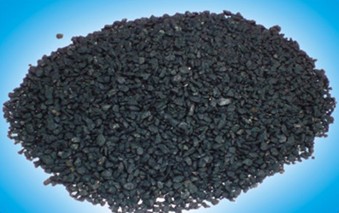
- Q: Why can aluminium hydroxide not be used to make refractory material?
- Hope my answer is helpful to you. It decomposes and produces aluminium oxide and water after heating, chemical equation for the reaction is: 2Al(OH)3=△=Al2O3+3H2O. Aluminium hydroxide can't be directly used to make refractory material because aluminium hydroxide is not stable.
- Q: What are included in wall fireproofing material?
- External wall thermal insulation materials are divided into A and B according to combustion level. Grade A is incombustible material, while grade B is combustible material. A few years ago, fires in CCTV building and Shenyang hotel resulted from grade B material. Currently grade A is usually used, and some are even cheaper than the grade B material. Grade A is roughly divided into insulation mortar, phenolic board, rock wool board, foam cement board, etc. Insulation mortar is quite good. It is easy and convenient to construct, has low cost, but the production is too simple and it is easy to fake. It is recommend to find a large manufacturer with complete formalities, such as provincial records of production, provincial records of use, city records, type test report at or above the provincial level, national fireproof report and design drawing collection of department of construction. Lack of any is unsafe. It is recommended to use mortar from Hebei Qizheng Haocheng New Building Material Co., Ltd. It is absolutely large manufacturer. MPC thermal mortar produced by it is recommend product of Department of Construction in Hebei Province!
- Q: How to distinguish the construction fire-proof material rating?
- Each country has its own fireproof standards, so I do not know which country you are in ? Each country has different division levels of fireproof materials, such as GB 8624, German standard DIN 4102-1, British standard BS 476, France standard NF P92-501 and so on. GB 8624 Chinese building materials and products combustion performance division levels fireproof resources network (FireTC.
- Q: What is unshaped refractory?
- Plastic. From the production method, the plastic is between the concrete and the castable. It is made of refractory material by refractory material plant, which is made of plastic clay. The ingredient is a retarder. It is packaged by plastic bag, and construction and heat treatment are carried out on the spot. But the biggest problem is the application of plastic on the knotted Jiecha easy peeling, retarder dosage improper or is vulnerable to bad caking plastic hardening.
- Q: What materials are needed to make the amorphous refractory bricks?
- I am so glad to answer your question. The amorphous refractory brick is composed of a certain proportion of aggregate and powder, a binder and an additive.
- Q: Who knows about ranking rules of fireproofing thermal insulation materials for exterior wall?
- (1) the height of buildings is greater than or equal to 24 m, the combustion performance of thermal insulation material should be A-level. (2) the height of buildings is less than 24 m, the combustion performance of thermal insulation materials should be A- or B1-level. When using B1-level thermal insulation materials, fire barrier zone should be set in each floor. (3) incombustible materials should be used as the protective layer of thermal insulation materials. Thermal insulation materials should be completely covered by protective coatings. The thickness of protective layer should be no less than 3 mm. (4) The base walls should be set in buildings with nontransparent curtain wall structures of metal, stone,etc. The fire endurance of which should comply with relevant provisions of current fire?safety?rules on fire endurance of external wall. The fire endurance and fire protection construction of pier?between?two?windows, window sill walls, skirt walls of glass?curtain?walls should comply with relevant provisions of current fire?safety?rules on building curtain walls. (5) the internal cavity of base walls, as well as the space between the skirt wall and base walls, pier?between?two?windows, window sill walls should be sealed with fire-proof sealing materials at each floor.
- Q: What material is used for making refractory stone bowl?
- Stone pot, to make it easy, is pot made of stone. Stone pot is carved from high-quality natural refractory stone with a professional way. It has attractive and diverse appearance, and it is hard, heat fast, not stick food and the cooked food is attractive and delicious. And it is rich in a variety of trace elements which is beneficial to the human body. High quality
- Q: Does refractory belong to metallurgical auxiliary materials?
- Refractory is widely used in industrial circle, such as metallurgy, chemical industry, petroleum, mechanical manufacturing, silicate and power, and its coonsumption is the maximum in metallurgy, accounting for 50% to 60% in total output. In order to improve slag-corrosion resistance of furnace lining, usually choose carbon-containing refractory. Refractory of various furnace lining are respectively: For the body, it is clay brick; as for the lower part, bosh and middle, it is SiC brick; for furnace bottom, it is carbon brick. Lattice brick is an important refractory product used in air heating furnace and regenerative chamber. Refractory is widely used in metallurgy. In order to improve slag-corrosion resistance of lining. Central line in tuyere and hearth are high-alumina brick. Refractory consumption is the maximum in metallurgy, accounting for 50% to 60% in total output. For the bosh and middle, it is SiC brick. In order to improve its thermal storage capacity: The furnace stack is clay brick. It is defined as refractory where the physical and chemical properties allows its use in high temperature environments; The lower furnace body
- Q: Firing high temperature kiln of refractory and internal temperature being as high as 1600 ℃, metal heat exchanger can't use, how to do?
- 1>3>。 When metal heat exchanger is in 700 ℃, it must process high temperature protection, mixed cold wind or cold blast to protect heat exchanger. So this will waste a lot of energy; The comparison of high temperature resistant ceramic heat exchanger using temperature is 1350 ℃ to 1450 ℃; metal heat exchanger using temperature 700 ℃; heat utilization comparison of ceramic heat exchanger can be placed in 1350 ℃ or higher (highest available to 1450 ℃); the oxidation resistance, a very short time will burn out;2 >, waste heat recovery rate is high. Replacing the metal heat exchanger in high temperature and corrosion environment; Comparative ceramic heat exchanger can be used under the condition of 1350 ℃ for a long time. Let's make a comparison, if it is a refractory material industry. <, ceramic heat exchanger is simply won't appear, under the condition of equal to ceramic heat exchanger using, energy saving effect is best, can exchange for the high temperature. <. Ceramic heat can be placed on the nearest of exchanger flue outlet . <, and metal heat exchanger put in place contrast to the ceramic heat exchanger. In the process of using metal heat exchanger, if this situation happens, you can consider the ceramic heat exchanger. Temperature difference is between 650 ℃ to 750 ℃. If the metal heat exchanger is placed in normal place where ceramic heat usually put;The service life comparison: since ceramic heat exchanger with high temperature resistance, this partly replace metal heat exchanger. What's more, energy-saving rate is also different. Metal heat exchanger can be placed in 700 ℃ or less;4 >, corrosion resistance, its application effect is very different. So the metal-heat-exchanger's heat-resistant temperature is high and the service life is the countless times of metal heat exchanger. The place with highest temperature does not need high temperature protection.
- Q: Can anyone tell me what is a high alumina refractory?
- Refractories refer to a class of inorganic non-metallic materials whose refractoriness are no less than 1580 ℃. Refractoriness is the Celsius temperature when cone-shaped samples can resist high temperature without softening and melting down in the absence of a load. But it is not accurate to define refractory merely by judging that whether the refractoriness is no less than 1580 ℃. Currently, the materials whose physical and chemical properties allow them to be used in high temperature environments are called refractories. Refractory materials are widely used in metallurgy, chemical industry, petroleum, machinery manufacturing, power and so on, among which the metallurgical industry is the largest demander in this regard, accounting for 50% to 60% of total output. Hope it will help you out!
Send your message to us
Refractory Raw Materials Tapping Hole Packing
- Loading Port:
- China Main Port
- Payment Terms:
- TT OR LC
- Min Order Qty:
- -
- Supply Capability:
- -
OKorder Service Pledge
OKorder Financial Service
Similar products
Hot products
Hot Searches
Related keywords
